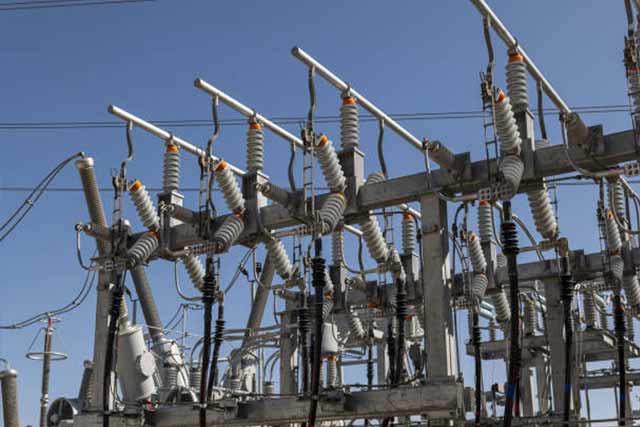The Central Electricity Regulatory Commission (CERC) has drafted ancillary services market regulations to ensure the reliability of electricity supply in the era of renewable energy, allowing participation of energy storage and demand response resources.
A new document was issued by the commission last week from New Delhi, which explained the necessity of providing a regulatory mechanism for ancillary services for the safety, security, and reliability of the grid.
It has been recognised by the commission that the energy storage and demand response that is digitally controllable and dispatchable power and energy resources can respond quickly and accurately to the need to maintain grid frequency at which they operate within close boundaries of 50 Hz.
Primary, secondary and tertiary reserve ancillary services will be created, and others in the scope of the Grid Code.
The comments and regulations on the draft regulation from stakeholders and interested parties have been invited by CERC, which is to be submitted by 30 June 2021, at the latest.
A function that is immediately triggered by a sudden change in frequency must be controlled at an individual generation asset level with the primary reserve. The draft regulations include more details on procurement, assessment, and compensation for secondary and tertiary reserves, which are open to entities with energy storage or demand response resources connected to the transmission system at the inter- or intra-state level.
There is a requirement for secondary reserve ancillary services opportunities, which is a 1 MW minimum response block, and the resources need to put their power either into the grid or it out within 30 seconds of receiving a grid signal.
The resources should provide their complete capacity obligation within 15 minutes and must sustain for at least 30 minutes beyond that.
The participants of Tertiary Reserve Ancillary Service (TRAS) need to be able to respond and provide frequency regulation within 15 minutes and must sustain for at least 60 minutes. TRAS can be used to revive secondary reserve resources that have been deployed continuously for more than 100MW for 15 minutes and in response to other Grid Code-Specified events.
The document that explains complete procurement procedures, payment mechanisms and levels and many more can be found on the CERC website.



































